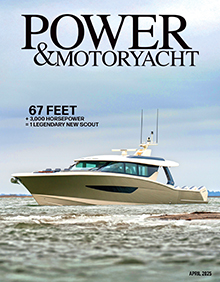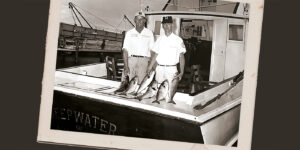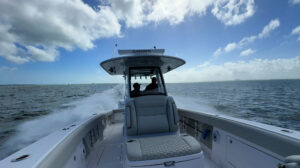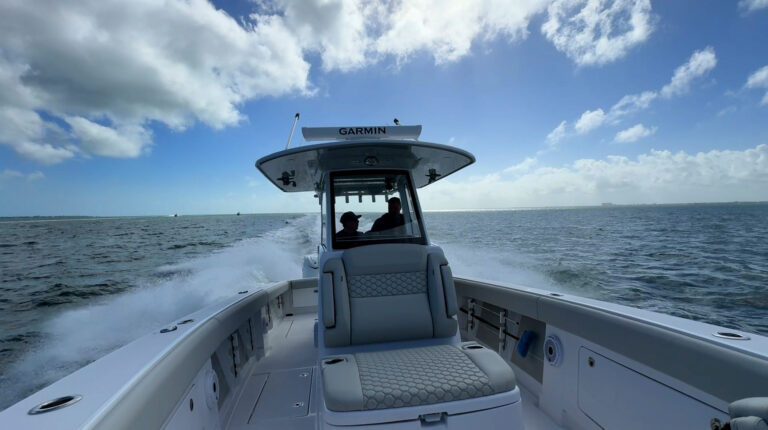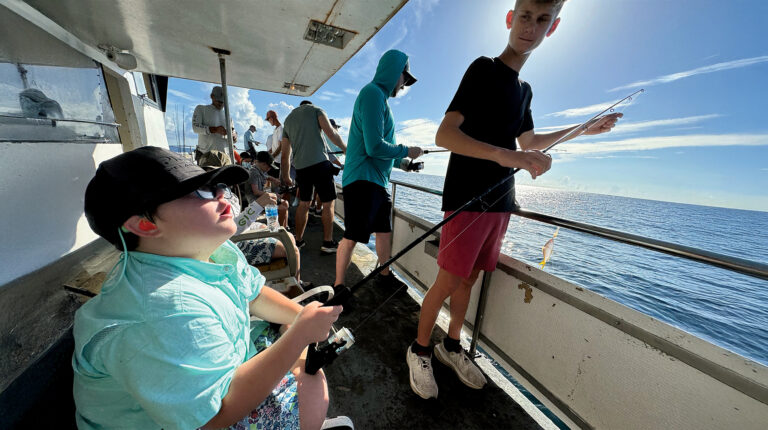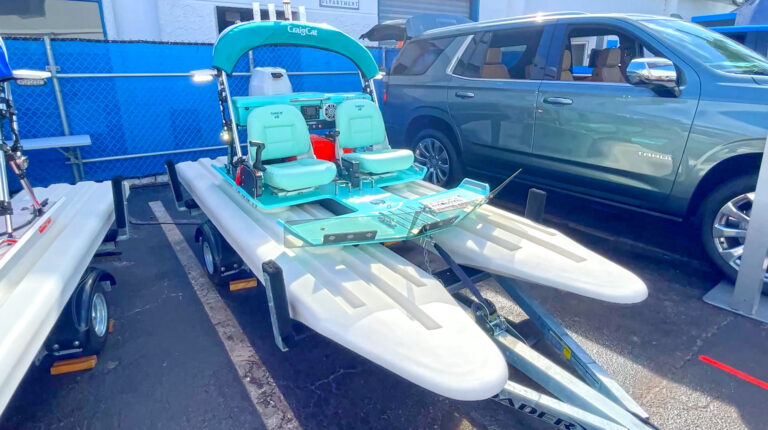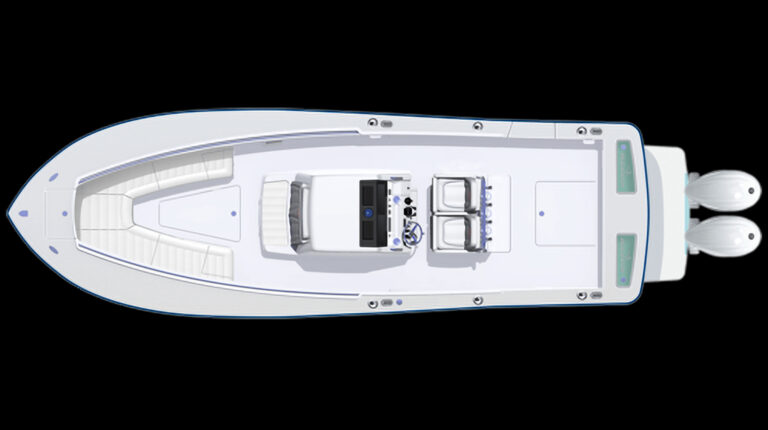Dan Neenan lost his Boston Whaler to Hurricane Sandy, but that’s not stopping this Long Beach Island, New Jersey-based boater from getting back out on the water.

When Superstorm Sandy swept ashore on the Atlantic coast this past October, it wasn’t the wind but the extraordinary storm surge of over 12 feet that caused destruction now estimated at more than $63 billion. It was the largest Atlantic hurricane ever and, according to BoatUS, more than 65,000 boats were damaged or destroyed. This is the story of one of them, a 2001 Boston Whaler 260 Outrage, owned by Dan Neenan.
Power & Motoryacht: Where was your boat when the storm hit?
Neenan: We live in New York, but kept the boat on Long Beach Island [LBI] in New Jersey at the Spray Beach Yacht Club. And it’s not a good story. We knew the storm was coming, but didn’t know how hard it would hit until just a couple of days beforehand. We decided late to haul the boat out, at a point when everyone else wanted out, too. Finally, at midnight before the storm, it was hauled and put in the yacht club lot where we thought it would be above any surge. Boy, were we wrong!
Power & Motoryacht: What happened?
Neenan: After the storm, we found that our house on LBI was completely destroyed, and then it was, “So … how’s the boat?” We had a guy check and not only was the yacht club destroyed, but most of the boats, including ours, were just gone. A day goes by, then another. On the fourth day, our guy calls to say he found it, high and dry on a dock.
Power & Motoryacht: Where was it?
Neenan: It had floated about eight miles up the harbor, over some islands, and was deposited onto a dock in Beach Haven West near the causeway.
Power & Motoryacht: What was its condition?
Neenan: The hull had punctures and holes all over from hitting pilings and debris during its little walk. Inside it wasn’t bad. Almost like we’d had a wild night in Atlantic City and forgotten where we parked the boat.
Power & Motoryacht: Then what?
Neenan: We got a barge with a crane to pluck it off and the twin Yamaha 200s fired right away, which was a good sign. Because it was a Whaler, it hadn’t sunk when other boats would be on the bottom from the damage. But when the insurance adjuster looked at it, he said the hull had been compromised and was a write-off.
Power & Motoryacht: How did you feel?
Neenan: It’s hard to moan, oh, my fishing boat was wrecked, when there was such devastation to homes and lives. But it was bittersweet because we had a lot of good memories. The adjustor said it was really close—we might be able to patch the holes and the hull would be okay but, on the other hand, it might start delaminating. We fish about 50 miles offshore, and that wouldn’t be a good thing, so we took the check.
Power & Motoryacht: How was your insurance company?
Neenan: We had a very professional experience with Geico. We had agreed value and, though they were less expensive, we had good coverage. That’s a lesson: Pay for good coverage because, when the hammer drops, that coverage is invaluable. Seeing our insurance in action made us really appreciate what we were paying for.
Power & Motoryacht:What would you have done differently?
Neenan: I think we would have acted earlier, and trailered the boat to the mainland away from the surge. I’d also look for floating docks to leave the boat in the water. At the club, five boats didn’t get hauled out and, after Sandy, they were still there. Floating docks rode up with the surge and it seemed that many boats on floating docks survived when others didn’t.
Power & Motoryacht: Now what?
Neenan: We want a new boat but everyone else does too, so the market is insane. We’re looking at used 30-footers. We’ve looked at Contenders, Jupiters, Everglades. It’s fun to have that check in our pocket.
Power & Motoryacht: Your goal?
Neenan: We have to be back on the water this summer!
This article originally appeared in the April 2013 issue of Power & Motoryacht magazine.

